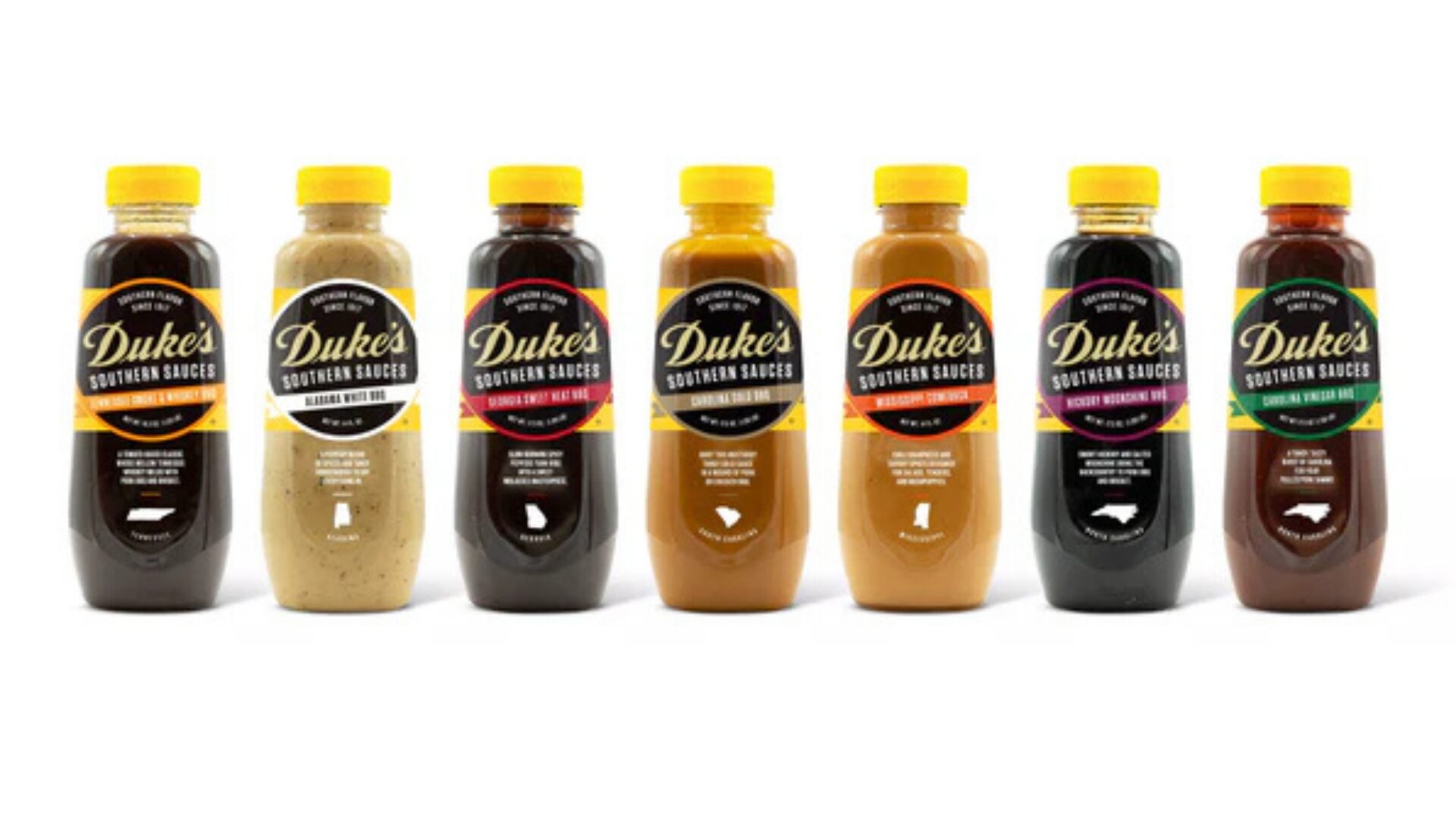As Amazon leans into technology and major grocers like Kroger and Albertsons keep increasing square footage and introducing more product lines, Trader Joe’s is a throwback to simpler times.
And that just may be the key to Trader Joe’s success and the fierce loyalty it has developed among both customers and employees.
A recent Axios Harris Poll 100 asking 33,096 consumers to rate 100 companies put Trader Joe’s at the top with a whopping 82.4, followed by H-E-B at 82. A third grocer, Wegman’s, came in at No. 5 with a score of 80.6.
So, what makes Trader Joe’s so darn attractive?
“Rather than leaning into emerging automation technologies like self-check-out lanes and shelf-monitoring robots found in other grocers, Trader Joe’s focuses on employee interactions, product packaging and thoughtful communication,” Dustin York, associate professor of communication at Maryville University told The Food Institute. “Even the small details like handwritten signs on shelves speaks to a whimsical, small town business brand.”
Unlike at major grocery chains, 85% of what Trader Joe’s sells is private label, allowing it to keep prices low and the quality high. Two-buck-Chuck may now cost $3.79, but the wine is still more reasonably priced than other brands, and in the last dozen years, some 800 million bottles have been sold.
Trader Joe’s takes a laid-back approach to marketing, preferring communications like its Frequent Flyer pamphlet to stacks of coupons and running sales that can add pressure to consumers and employees alike.
Fordham University’s American innovation index ranked Trader Joe’s No. 7 among 200 brands nationally across 20 industries.
“There are many reasons why Trader Joe’s has fierce loyalty and extremely high innovation scores, [including] the research and development they do when introducing new products into the marketplace,” said Fordham marketing Professor Lerzan Aksoy.
“They do extensive consumer testing. These products have a unique branding and identity that is reflective of various cultures all around the world … [and] each of the products has a catchy and sometimes cheeky or clever brand-name as well as visual characterization of the brand that is characteristic of the region to which the product belongs as well as one that is memorable.”












